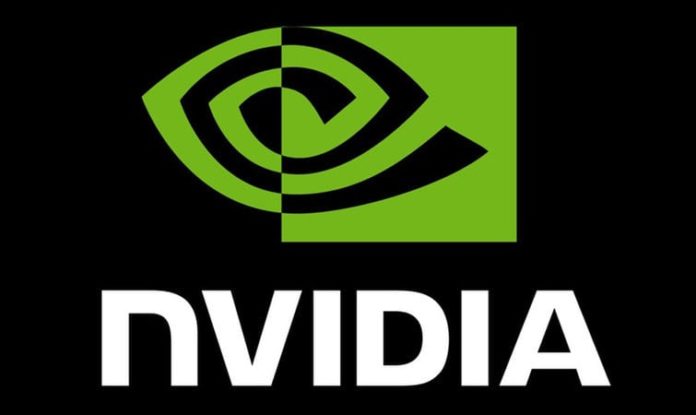NVIDIA’s new RTX lineup may not be the most affordable but it still includes some of the most powerful GPUs to ever exist- The ridiculously overpriced Titan RTX, the RTX 2080 Ti and lastly the RTX 2080. Today we will have a look at the performance of the two most powerful SKUs from the 20-series lineup and compare it to the previous Pascal lineup as well as to each other.
We are also going to analyze the SLI performance of these enthusiast cards and see if the newly introduced NVLink connectors are any good. However, it’s not every day you just come across a bunch of GPUs that cost nearly $10K. Luckily for us, Steve from Gamersnexus just conducted a bunch of tests yesterday, and we’ll be utilizing the same ones for this piece.
For the tests, Steve used an Intel i7-8086K clocked at 5.0GHz, paired with 32 GB of Corsair Vengeance LPX RAM on an ASUS ROG Maximus X Hero motherboard.
GTA V @ 4K

We’ll start with a popular title. GTA V runs pretty well on GeForce hardware and the RTX lineup performs even better. This is one of the few games where there’s a notable gap between the RTX 2080 and the 1080 Ti. Looking at the 2080 Ti and Titan RTX in NVLink, although the Titan RTX multi-GPU setup is a fair
Interestingly, the 0.1% lows for the 1080 Ti SLI are marginally better than both the Titan RTX as well as the RTX 2080 Ti NVLink setups. Furthermore, a pair of 1080 Tis in SLI
Comparing the single GPU configurations, we can see that there isn’t much of a difference between the Titan RTX and the 2080 Ti, while both the cards are approximately 40% faster than the Pascal flagship(1080 Ti) in GTA V. This gap is one of the widest we’ve seen between the present and previous-gen flagships, and as you’ll see in the other tests it usually stays between 20-30%.
Sniper Elite 4 @ 4K

Sniper Elite 4 leverages the DX12 API and is one of the most optimized games out there if you consider the multi-GPU performance. The RTX cards break the 200 FPS barrier with SLI, with the Titan RTX and 2080 Ti both getting a lofty boost of almost 90% when paired with an additional card. Comparatively, the GTX 1080 Ti sees its performance rise by 77% in SLI. Impressive, but not quite as the Turing cards.
Meanwhile, the TU102 based Turing cards, the RTX 2080 Ti and the Titan RTX are approximately 30% faster than the 1080 Ti in Sniper Elite 4. Here, as you can see the 1080 Ti and the RTX 2080 exhibit almost identical frame rates, making it hard to justify the price of the latter.
Far Cry 5 @ 4K

Far Cry 5 uses the same Dunia engine as the previous two games in the franchise, and as such is considered to be quite well optimized. However, the multi-GPU scaling isn’t that great here with the RTX 2080 Ti and Titan RTX scaling by approx 60% and are just 20% faster than the dual 1080 Ti setup.
Once again, the gap between the 1080 Ti and the 2080 and the two TU102 based cards is almost negligible here, with the latter being a mere 20% faster than the 1080 Ti at almost double the price.
F1 @ 4K

F1 favors the NVLink feature exclusive to Turing greatly, while traditional SLI that the 1080 Ti leverages seems to be altogether not supported. Although the Turing heavy-weights don’t quite manage to breach the 200 FPS barrier, they still score a significant 170 FPS in the multi-GPU config.
The single GPU performance is more or less identical to the previous tests, with the 2080 Ti holding a 25% lead over the Pascal Ti.
Conclusion: You can get the FPS if you have the $$$
We can draw a bunch of conclusions from these tests. Firstly, the RTX 2080 and the 1080 Ti perform nearly the same but despite that the RTX card is priced fairly higher than the Ti. The 2080 Ti and the Titan RTX on the other hand offer jaw-dropping frame rates although their prices are out of most gamers’ reach. NVLink does seem to offer an advantage in certain games, but the number is simply too less. Multi-GPU support as a whole is still quite disappointing.
Lastly, I’m not sure if you’ve noticed, but AMD is completely absent from the high-end GPU segment. So much so, in this hi-profile benchmark suite, the upper-half of the FPS charts is completely devoid of Radeon cards. Hopefully, AMD will come up with something to challenge at least the mid-range Turing cards this CES. Anyway, what are your opinions on NVIDIA’s new enthusiast cards?
Further reading:


